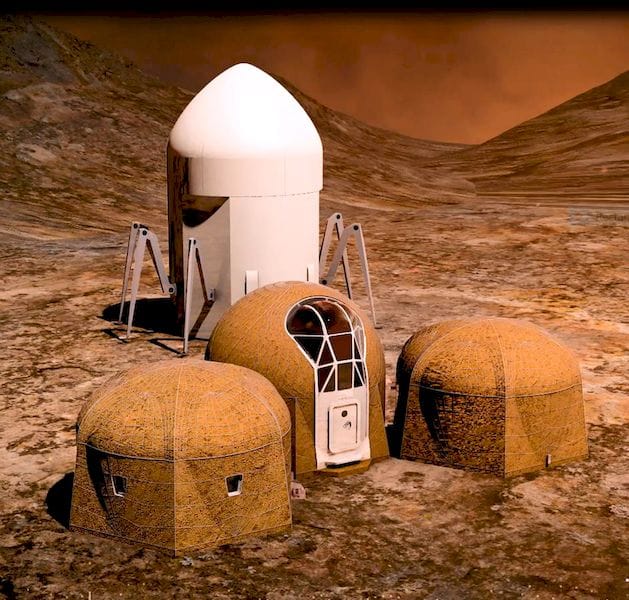
NASA’s 3D printed challenge awarded prizes for phase 3.
The challenge is one of NASA’s many ideation initiatives, in which the public are invited to deploy their imagination and ingenuity to solve difficult problems that betwixt NASA engineers. It’s fun for students and other participants, and it’s a lot cheaper for NASA, too.
This initiative has been going on since 2015, so it’s quite deep into the multi-stage process at this point. The previous phases involved first a paper design and renderings of concepts, with minor project money being awarded.
The second phase, which ended in 2017, added some physical action, with teams required to actually 3D print particular components of their concepts. Teams submitted their prints and judging resulted in the awarding of over USD$1M in prizes to several teams.
Now the third phase begins, in which teams must progressively build and entire habitat. NASA explains:
The On-Site Habitat Competition, challenges competitors to fabricate sub-scale habitats, and has five levels of competition – three construction levels and two virtual levels. For the virtual levels, teams must use Building Information Modeling software to design a habitat that combines allowances for both the structure and systems it must contain. The construction levels challenge the teams to autonomously 3D-print elements of the habitat, culminating with a one-third-scale printed habitat for the final level. ($2 million prize purse).
To get teams started, NASA has awarded five teams funds to assist their work on the project. The selected teams and prize amounts are:
- Team Zopherus of Rogers, Arkansas – USD$20,957.95
- AI. SpaceFactory of New York – USD$20,957.24
- Kahn-Yates of Jackson, Mississippi – USD$20,622.74
- SEArch+/Apis Cor of New York – USD$19,580.97
- Northwestern University of Evanston, Illinois – USD$17,881.10
It’s important for such challenges to take place, simply because the idea of 3D printing a building for residing in space somewhere is beyond any human experience. Thus many new ideas need to be explored, and this is best done by enthusiastic participants, rather than the usual military-industrial complex contractors who might be seeking the most revenue, instead of the best solution.
Via NASA

